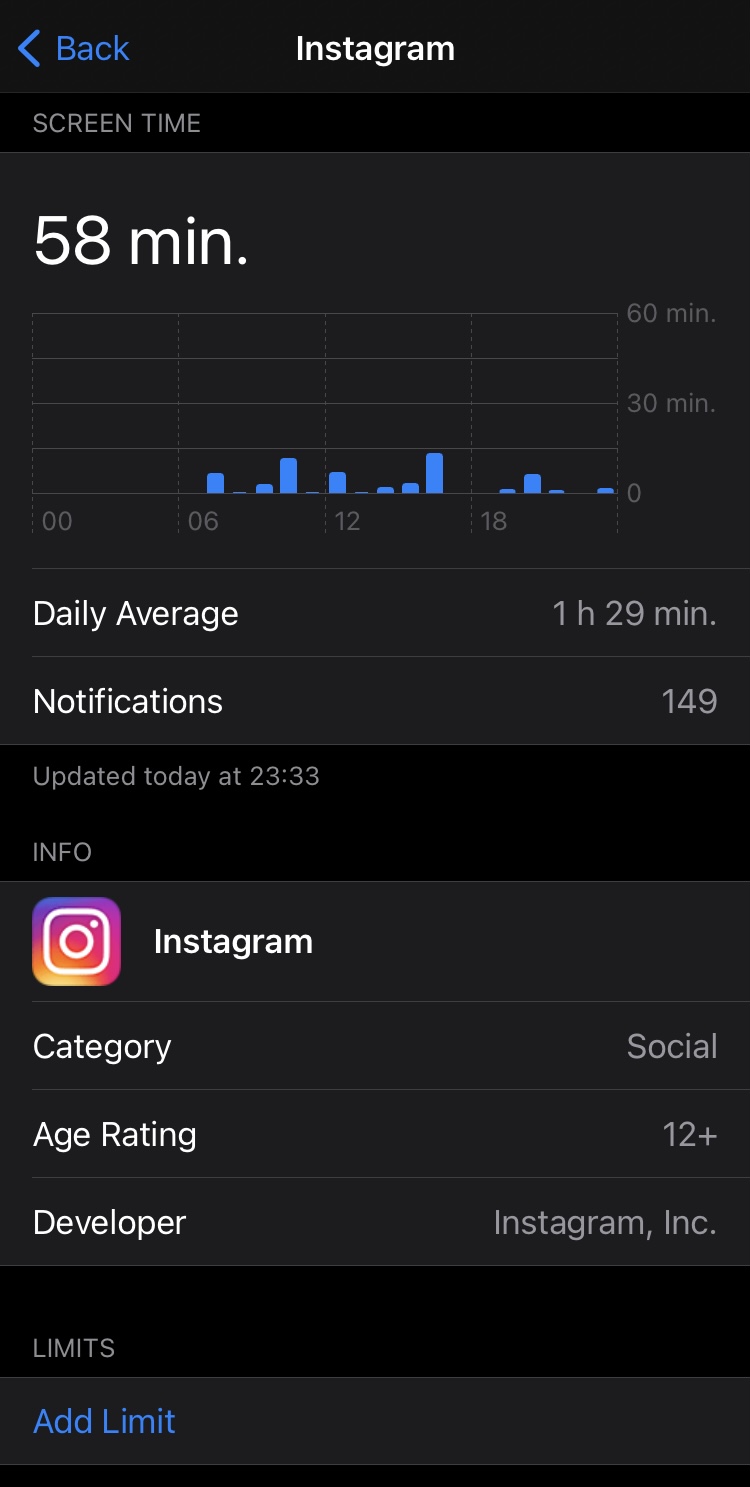Image Attribution: “Assignment 3-Social media using” by Alina Shevchenko is licensed under CC BY-NC-SA. (See interactive map)
Considering the main positive aspects of using social networks, it is possible to distinguish such as communication with people at any time and in any place. That is, even being thousands of kilometres away, you will be able to communicate with people dear to you and just write that everything is fine with you. The next advantage is the promotion of business through social networks. Companies can advertise through bloggers, thereby attracting customers. Third, social networks help many people to open up, they express their emotions and thoughts, thereby becoming more liberated. The last, but one of the most important is the ability to obtain information from a variety of sources. You can read important news happening in the world and learn various information on online courses and marathons. But there are still disadvantages to using social networks. Social networks are addictive, they are bullied by haters and social networks take away confidence because of the opinions of other people. Also, there is a risk of loss of information due to interference with privacy and confidentiality and the risk of falling into a scam with a divorce for money. For example, in the article “Using social media content for screening in recruitment and selection: pros and cons”, written by Debora Jeske, Kenneth S Shultz, an example of using social networks to select information about staff is considered. The frequent presence of such an experience leads to information leakage and violation of confidentiality.
Social networks differ in opportunities for entertainment and communication. Speaking of communication, platforms such as Instagram, Snapchat and Facebook have chats, audio and video calls, the ability to create conferences and conversations. Entertainment includes watching videos and photos and playing games. However, in both areas, the functionality is very diverse and well thought out. I’ve been tracking my statistics on Instagram for 5 days and made some conclusions. During this period, I did not create posts, but I posted stories, I post one or two stories a day, which include the expression of thoughts, aesthetically beautiful photos and memes. I correspond a lot with my friends and family. I’m more of a consumer, not a giver of information. During these days I noticed a trend that on Instagram I and my friends discuss plans for the day and discuss fleeting problems with each other. I can call communication with my friends and family eco-friendly since we have our communication works both ways. I write from 30 to 150 messages a day, depending on what events are happening in my life and the lives of people close to me. In total, I receive the same number of messages. I send a lot fewer photos, from one to 10 a day, I get a lot more photos, since I use Snapchat, in which it is customary to communicate through photos, so I get about 15-18 photos a day.
A scientific article “Using Instagram Picture Features to Predict Users’ Personality”written by Bruce Ferwerda, Markus Schedl and Marko Tkalcic examine how a person’s character traits and image features interact, such as brightness, saturation and the use of photo filters. I believe that during this year my attitude to social networks has changed dramatically. Considering the above article and my Instagram page, I can see the connection between the change in my personality and the change in the style of my photos. In addition, comparing your experience of using social networks and the experience of my friends, you can see that it is very similar since we use the same social networks and consume information from them in approximately the same volume. This similarity can be explained by a similar lifestyle, because my close circle of friends are the same students like me, with the same schedule and chores. Thus, social networks are useful when used wisely.
Ferwerda, B., Schedl, M., & Tkalcic, M. (2016). Using Instagram picture features to predict users’ personality. MultiMedia Modeling, 850–861. https://doi.org/10.1007/978-3-319-27671-7_71
Jeske, D., & Shultz, K. S. (2015). Using social media content for screening in recruitment and selection: Pros and cons. Work, Employment and Society, 30(3), 535–546. https://doi.org/10.1177/0950017015613746
